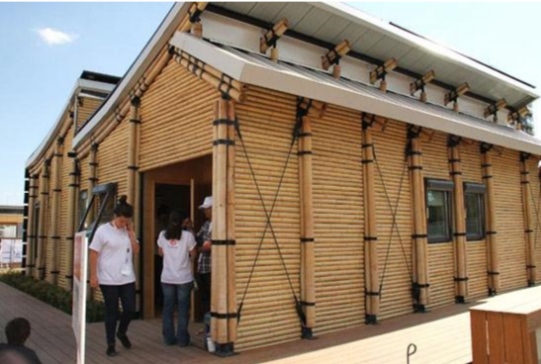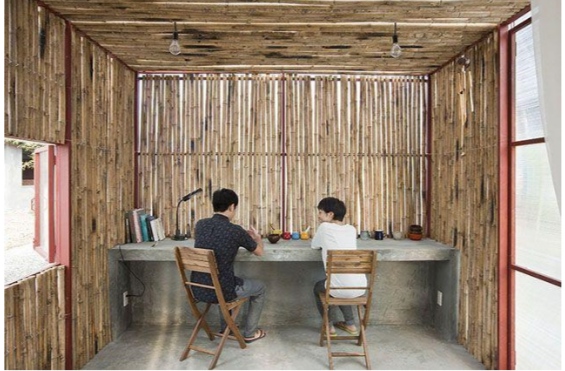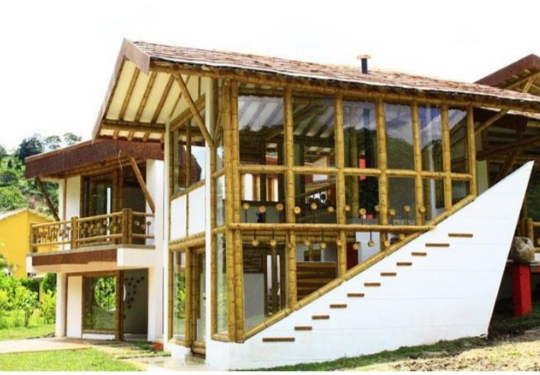The constructions of Bamboo Houses bring an original, light, long, tubular, and flexible air, giving almost artistic lightness to the constructions. Because it is easy to transport and handle, it brings versatility that is easily used in the diagramming of environments since it is a tendency for spatial optimization.

Advantages of Building with Bamboo
Bamboo also ensures that spaces are very airy; we can say that it is “breathable,” and it is still an economical material, as the structures are prefabricated, reaching a cost reduced by up to 50% since fewer men can build it. Moreover, it is very resistant and fits into the concept of sustainable development because it is an ecologically correct material.
Like several other experimental projects, bamboo houses would be, due to the characteristics already mentioned, one of the ideal solutions for social problems such as homelessness and the cost of building materials. Not to mention the concern with the containment of growing deforestation, which makes construction with bamboo very suitable in this case.






Housings that use bamboo as raw material are still very little explored and widespread in our country. Despite having one of the largest bamboo reserves on the planet, there is still a certain rejection of cultural origin for relating bamboo to wattle and daub houses. Pique, which was made precariously and was closely related to the fight against the Barberio beetle, which transmits the disease and causes this type of construction to be abandoned.
Few companies use bamboo as a raw material in the construction of homes. In South America, especially in Colombia and Ecuador, there are projects for houses built with this type of material. In other countries, such as Africa, India, and China, where there is a turnover of US$ 7 billion in the bamboo manufactured market. The material is mainly used to manufacture prefabricated building parts for construction and other flooring materials, such as wooden carpets.
Doctor Yan Xiao, a Chinese based in the United States and a professor at the University of Southern California, developed a bamboo processing system that allowed him to innovate how to build bamboo houses. The system processes the bamboo and turns it into MDF-like boards. This technology, called GluBam, uses the same construction technique as MDF structures, using nails, staples, and screws to fix the boards.
China has the largest bamboo reserve in the world; building bamboo houses is an ancient tradition in China. They guarantee that the structure is quite advantageous as it is quite resistant to earthquakes. Doctor Xiao is betting that the project he presented can be used to rebuild the area affected by the recent earthquake that hit the Sichuan region.
